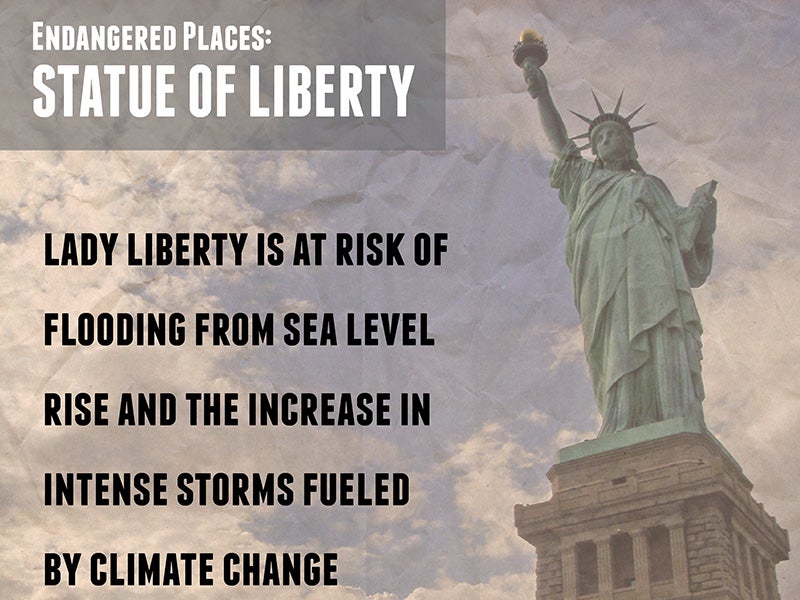President Obama Should Embrace Disclosure of Climate Damage
We have the tools available today to enable our federal agencies to account for the damage caused by carbon pollution.

This page was published 11 years ago. Find the latest on Earthjustice’s work.
This blog was first published on Huffington Post.
Climate pollution threatens our children's health, cherished wildlife and forests, agriculture and our coastlines. Its impacts only get worse, and more costly, the longer we continue to make decisions for the future that commit us to more carbon pollution.
President Obama has underscored his desire for the federal government to lead by example. But some agencies in his administration are fumbling an easy opportunity to do just that. We have the tools available today to enable our federal agencies to account for the damage caused by carbon pollution before approving oil and gas developments, new highways, coal mines and other big investments that deepen our dependence on fossil fuels.
How can a federal agency meaningfully disclose the incremental climate damages from an individual federal proposal? There is a ready measure at hand—called the "social cost of carbon"—developed by a dozen federal agencies using well-established climate science and economics. This model provides a range of estimates, in dollar terms, of the damages caused by each additional ton of carbon emissions.
The cost accounts for the very real, very measurable toll that incremental carbon pollution causes. Among other things, it measures expected losses in agricultural productivity, increased medical costs from health impacts (such as increased asthma attacks) and increases in property damage from flooding caused by each additional ton of carbon pumped into the air.
The Obama administration has used the social cost of carbon for years to illustrate the benefits of its signature regulatory efforts, such as its rule requiring the auto industry to increase fuel economy standards. But agencies have stopped there, failing to use this essential educational and informational tool to disclose the climate stakes involved as they go about the rest of their business.
Take the Bureau of Land Management as an example. BLM has "leased"—or, in other words, sold on the cheap—more than two billion tons of the public's coal to private interests in Wyoming and Montana during President Obama's tenure. But the agency has done almost nothing to consider and disclose to the public the very real consequences that mining and burning two billion tons of coal will have on the planet.
Putting the estimated damage from added carbon pollution into dollars and cents provides an easy metric for agencies and the public to understand. Learning that the economic return of selling coal may be more than offset by the social cost of coal's carbon pollution might provide a wake-up call for decision-makers.
After all, the estimated climate damages caused by burning just a million tons of coal could top $100 million.
The damages from climate pollution are never zero. Yet zero is the value that federal agencies assume in practice as they approve carbon-polluting activities on a daily basis without any accounting for the cost of carbon. With little sense of the seriousness of the risks their actions pose, agency officials naturally have little sense of the urgency to reduce those risks. Nor is the public informed of those risks.
The administration should return to the climate policy President Obama established by executive order in his very first year: "Federal agencies must lead by example."
It should be standard procedure for the federal government to disclose and pay real attention to the costs of carbon pollution of all of their actions—before the costs to everyone on Earth become unbearably high.
Earthjustice’s Rocky Mountain office protects the region’s iconic public lands, wildlife species, and precious water resources; defends Tribes and disparately impacted communities fighting to live in a healthy environment; and works to accelerate the region’s transition to 100% clean energy.